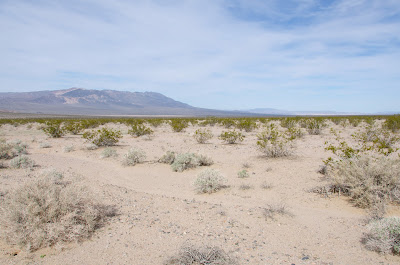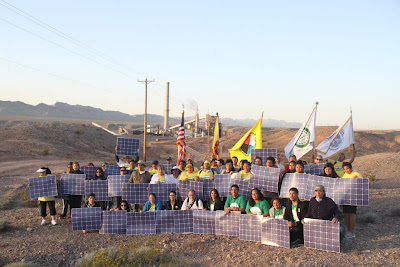Grijalva Introduces Arizona Sonoran Desert Heritage Act
Congressperson Raul Grijalva last week introduced the Arizona Sonoran Desert Heritage Act (H.R. 1799), which would preserve nearly 950,000 acres of open space west of Phoenix. Among the new designations, the bill would create over 680,000 acres of National Conservation Areas south and north of Interstate 10, over 290,000 acres of new wilderness, and 144,000 acres of Special Management Areas. The protections would preserve these wildlands for future generations while also protecting habitat connectivity for species like bighorn sheep, mountain lions, and mule deer throughout this corner of the Sonoran Desert. The Sonoran Desert Heritage Act joins other legislative efforts currently languishing on Capitol Hill as Congress proves unable to make progress on a range of issues, conservation included. Senator Feinstein is expected to reintroduce the California Desert Protection Act (CDPA) this year - the bill has enjoyed grassroots and community support since 2010...







